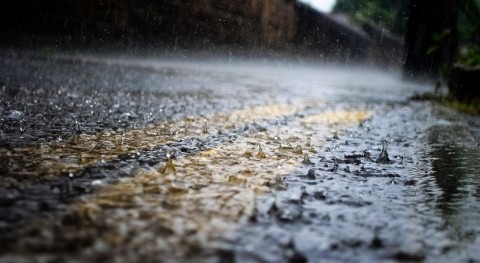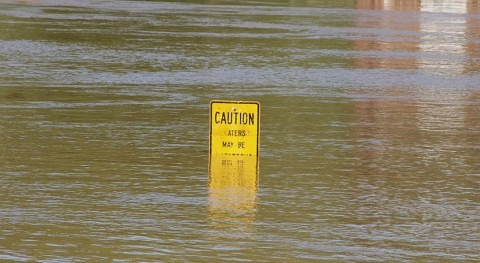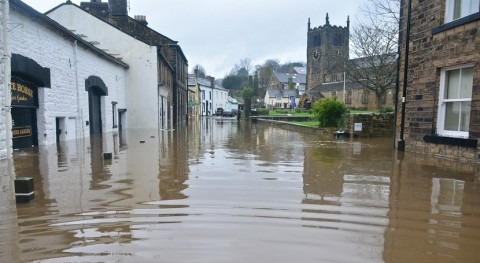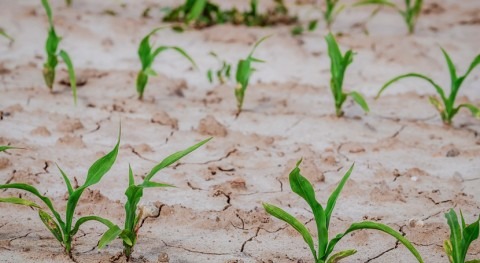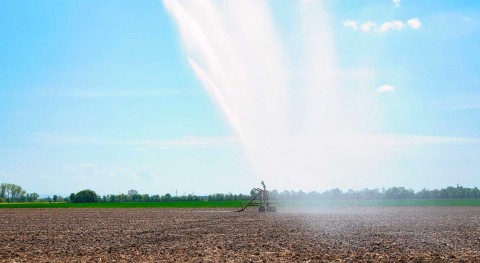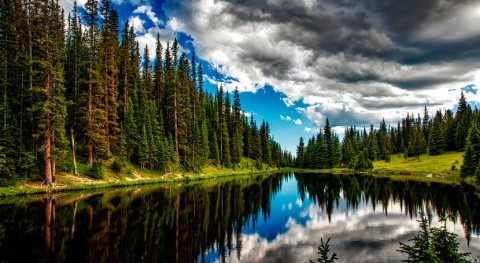Winter storms that provide crucial snow and rainfall to northern India are arriving significantly later in the year compared to 70 years ago, a new study has found, exacerbating the risk of catastrophic flooding while also reducing vital water supplies for millions of residents of India.
The cyclonic storms, known as western disturbances, typically bring heavy snow to the Himalayas from December to March. This snowpack slowly melts in spring, providing a steady supply of irrigation water for wheat and other crops downstream.
The study, published in the journal Weather and Climate Dynamics, reveals that western disturbances are occurring more often during India's summer. Over the past 70 years, the storms have increased in frequency by 60% from April to July, reducing snowfall and increasing the risk of heavy flooding.
Author Dr. Kieran Hunt, of the University of Reading, said, "Strong storms are now twice as likely to occur in the north of India in June compared to 70 years ago. With warmer and moister air at this time of year, these late storms are dumping heavy rainfall instead of snow. This raises the risk of deadly flooding like we saw in Uttarakhand in 2013 and around Delhi in 2023.
"Some areas of Kashmir saw no snow at all in December or January. This is a serious concern for the 750 million people in the Indus and upper Ganges basins who rely on these winter snows for water supplies. The loss of winter snow and the increasing late-season storms that heighten flood risks is a one-two punch that underscores the urgent need to respond to the far-reaching impacts of climate change in this sensitive region."
Warming the Tibetan Plateau
The research team attributes this seasonal shift to changes in the subtropical jet stream, a high-altitude air current that steers western disturbances. The rapid warming of the Tibetan Plateau—which is a long stretch of level high ground at the intersection of Central, South, and East Asia—is creating a larger temperature contrast with surrounding areas, fueling a stronger jet stream that powers more frequent and intense storms.
At the same time, global warming is weakening the temperature difference between the equator and poles that normally draws the jet stream northward in summer. As a result, the jet stream is increasingly lingering at southerly latitudes later into spring and summer, allowing more storms to strike North India after the winter snow season.
Arriving in the pre-monsoon heat, these increasingly frequent late-season storms unleash heavy rainfall instead of snow, raising risks of devastating flooding. Meanwhile, winter snowfall is declining as the region warms, threatening spring water supplies.





